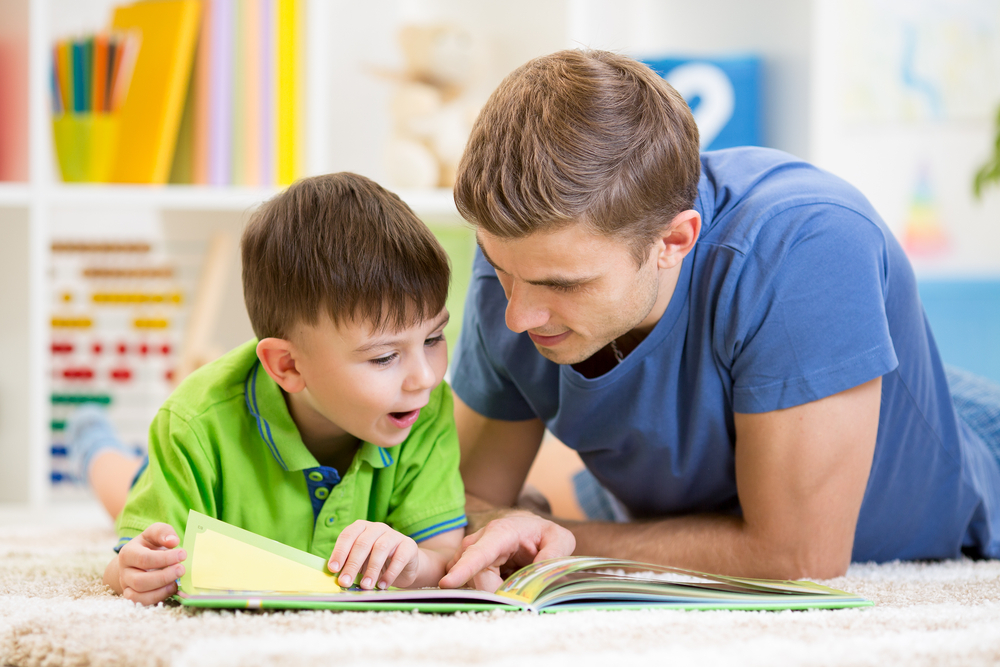Story sequencing Reading Comprehension Worksheets for Ages 3-5
13 filtered results
-
From - To
Discover our engaging Story Sequencing Reading Comprehension Worksheets designed specifically for children aged 3-5! These worksheets help young learners develop essential reading skills by encouraging them to arrange story events in logical order. Each activity features colorful illustrations and age-appropriate narratives that capture children's imaginations. As they sequence stories, children enhance their comprehension, improve their critical thinking, and build narrative skills. These worksheets are perfect for home or classroom use, making learning fun and interactive. Download our story sequencing worksheets today and support your child's literacy journey while fostering a love for reading through hands-on activities!
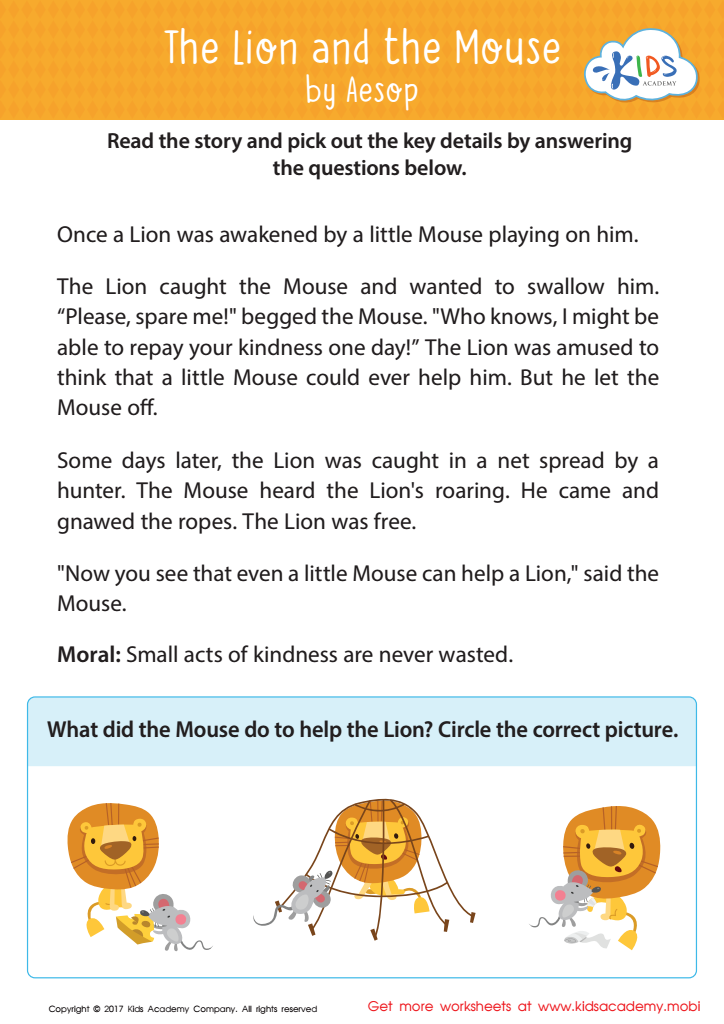

The Lion and The Mouse Sequencing Worksheet


“The Princess and the Pea” and “Cinderella” Worksheet
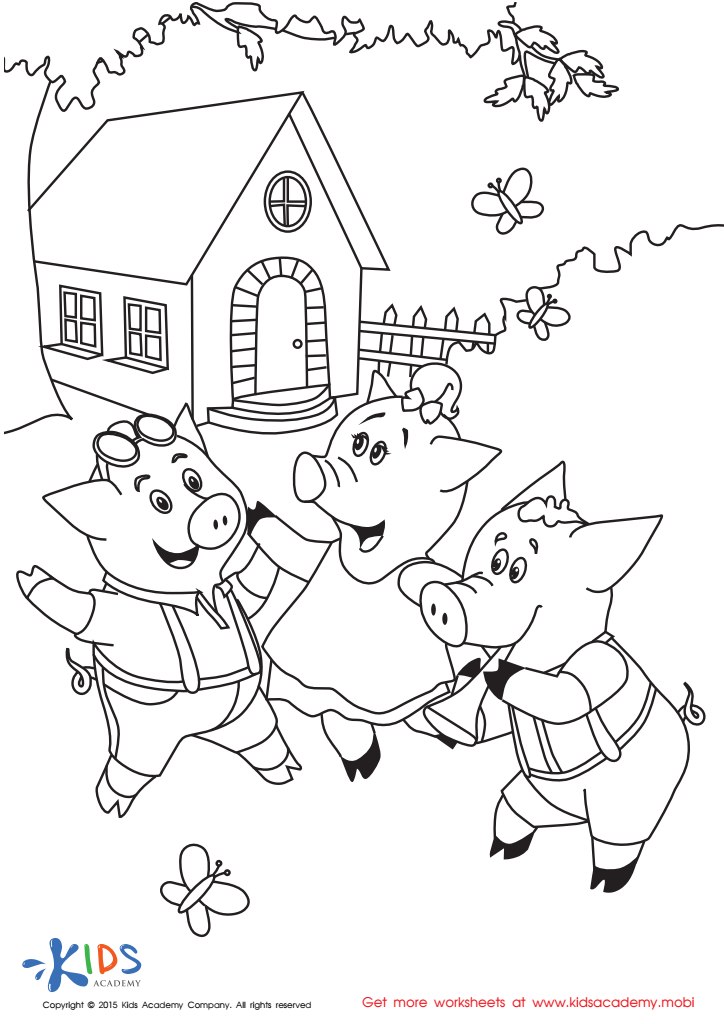

Folktales Printable PDF Worksheet: The 3 Little Pigs
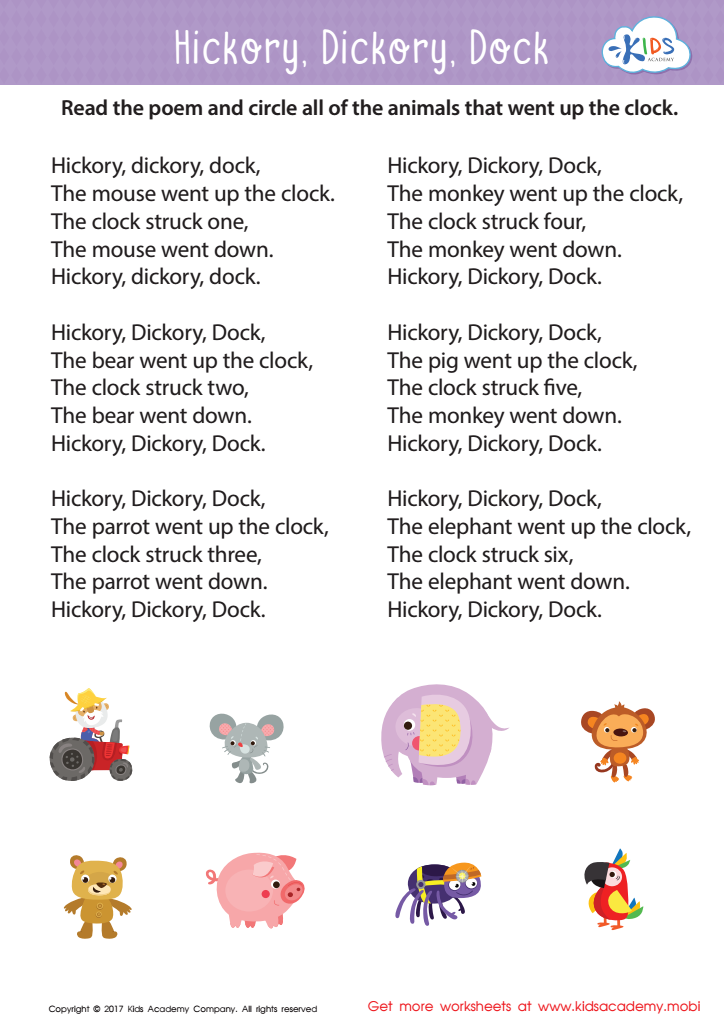

Hickory Dickory Dock Sequencing Worksheet
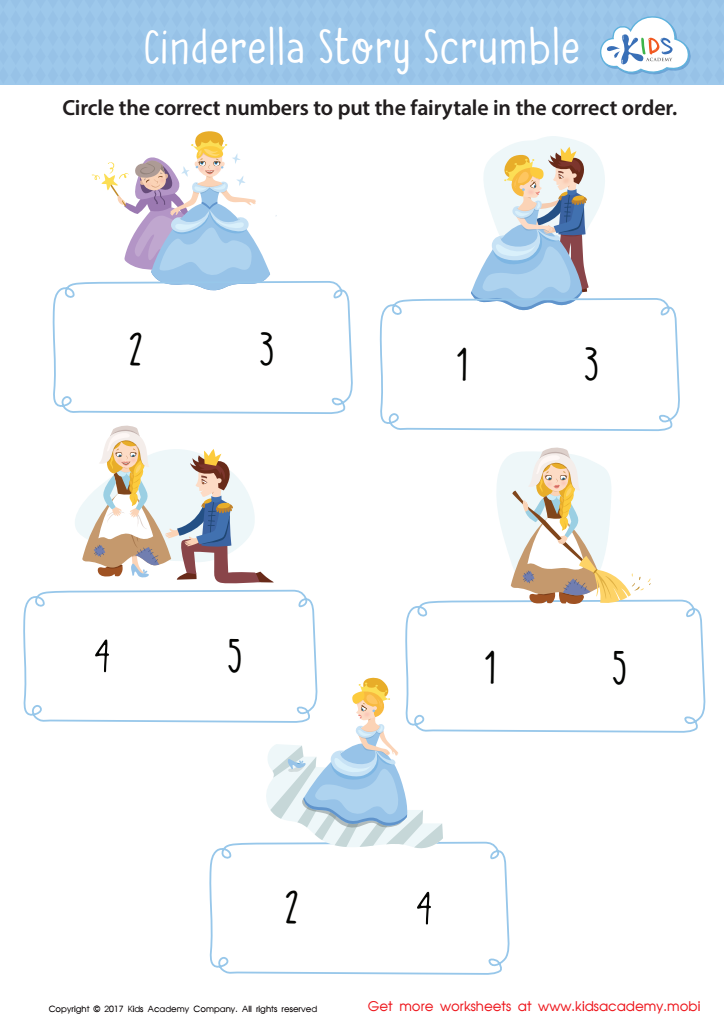

Cinderella Story Sequencing Worksheet
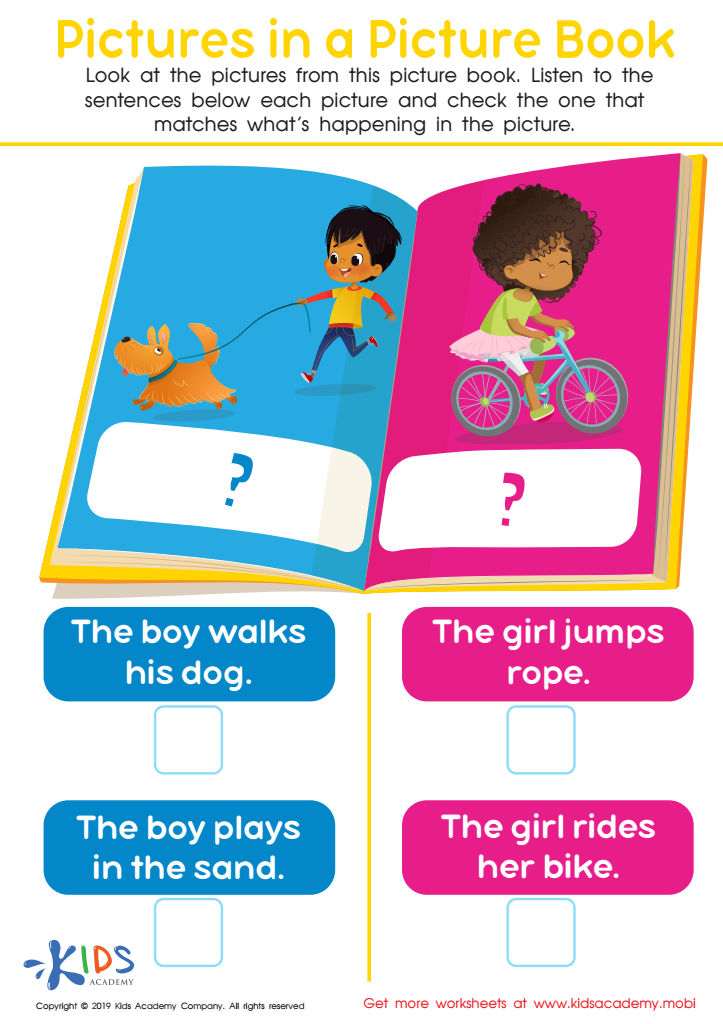

Picture in Books Worksheet
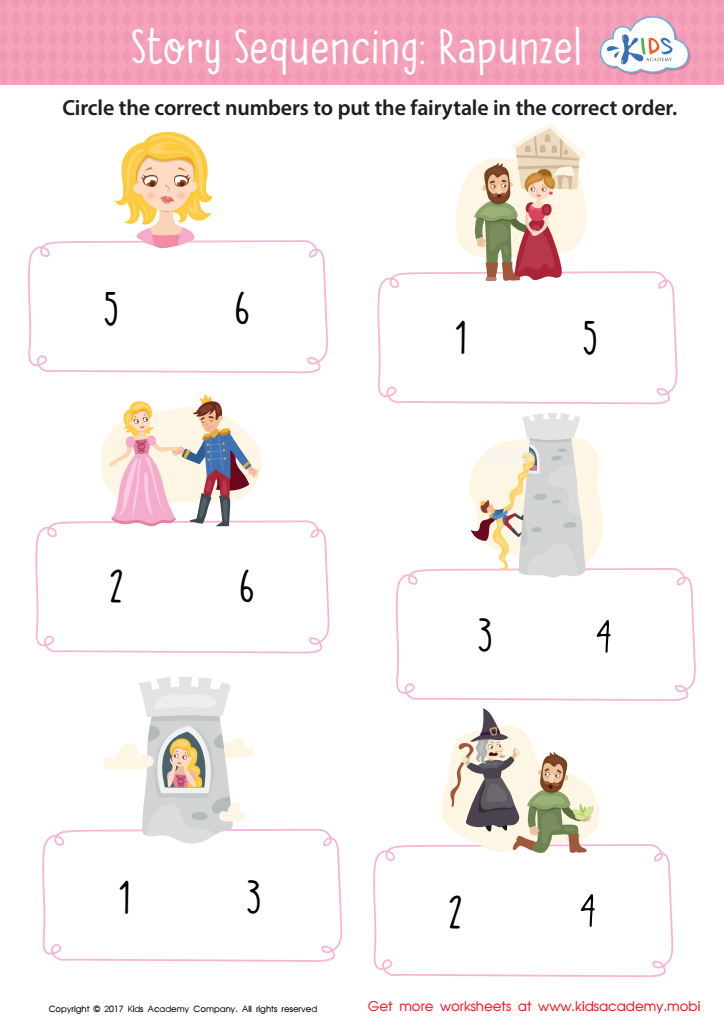

Rapunzel Story Sequencing Worksheet
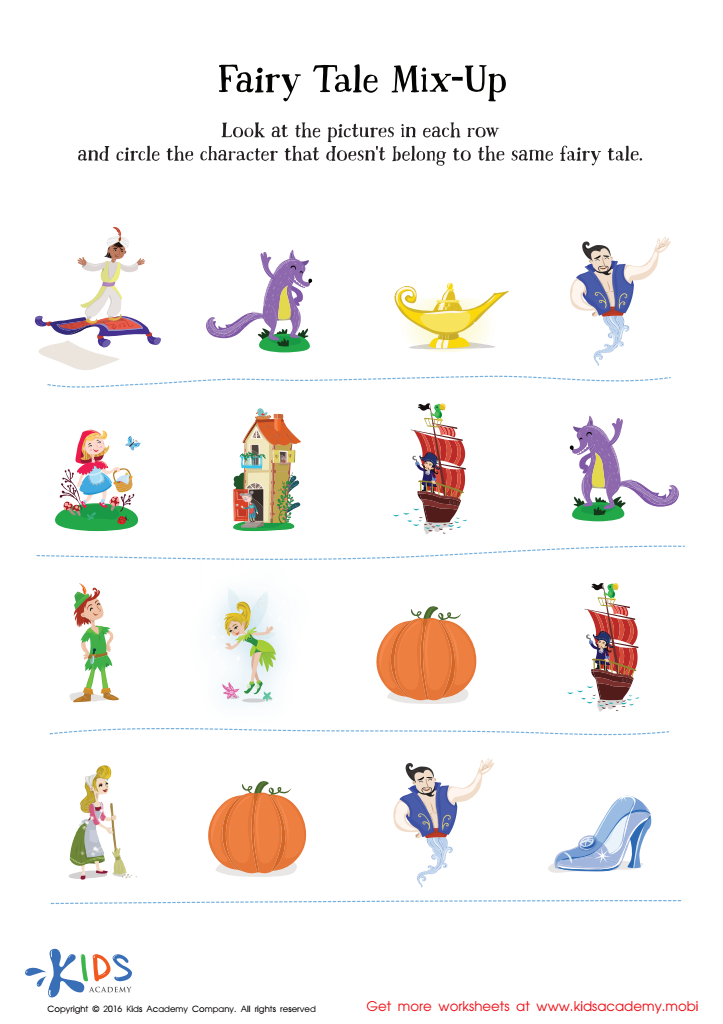

Fairy Tale Worksheet: Story Mix Up
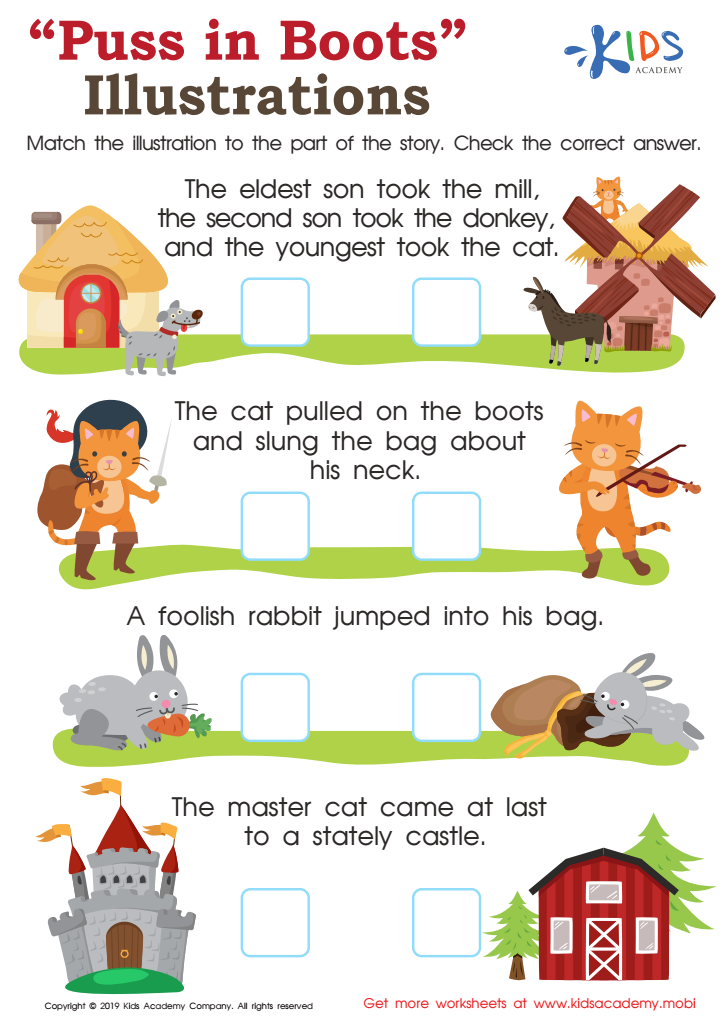

Puss in Boots Illustrations Worksheet
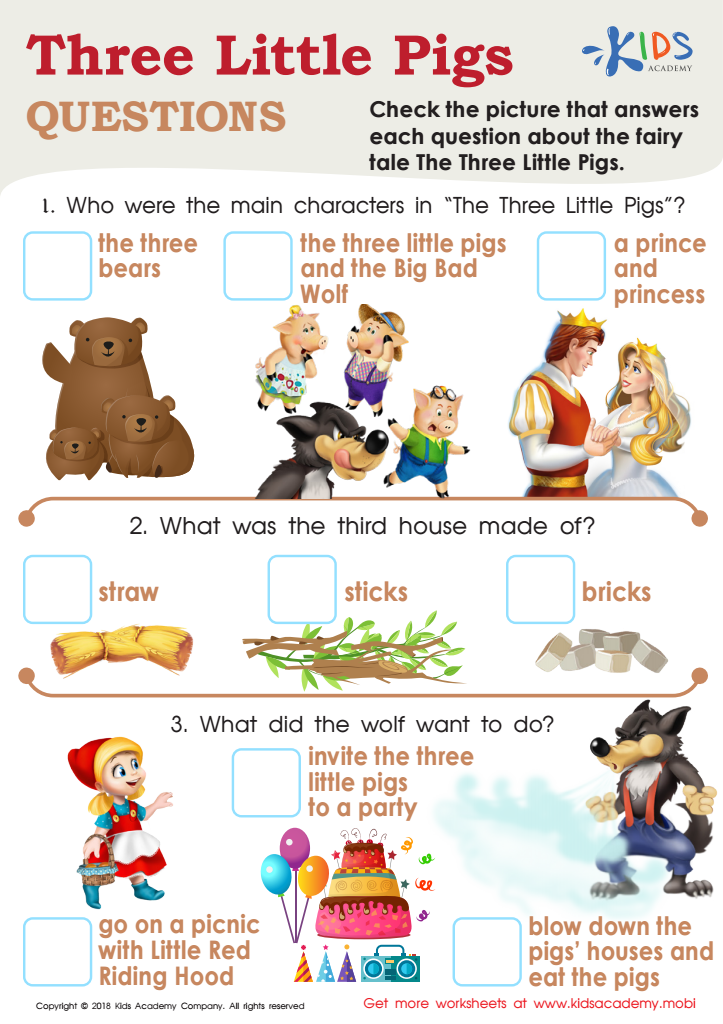

Three Little Pigs Questions Worksheet
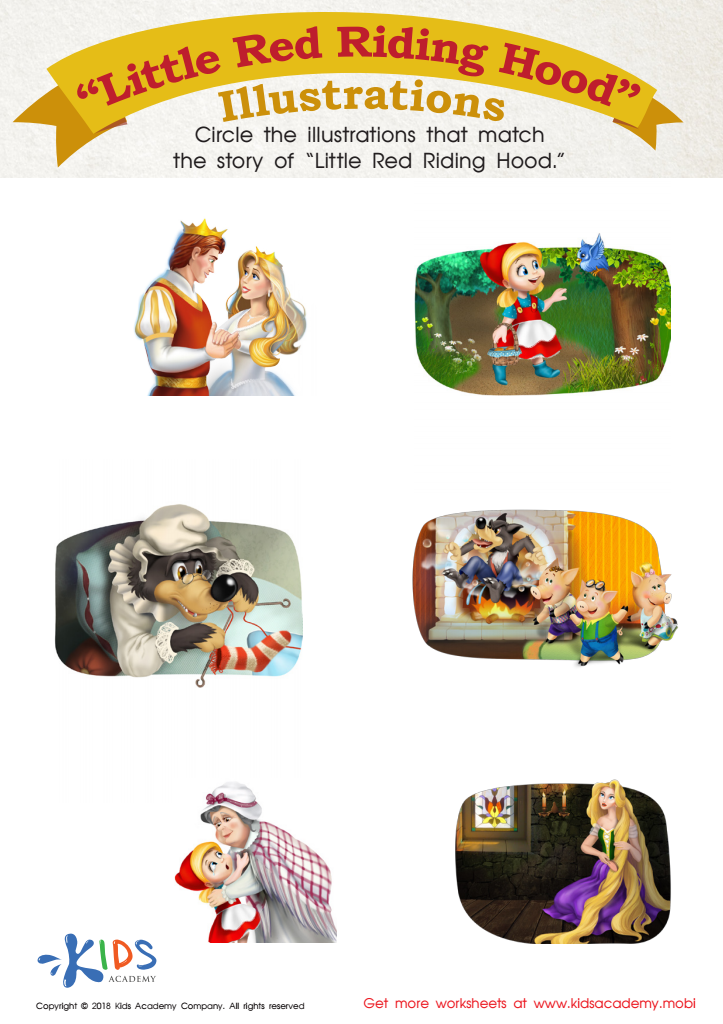

Little Red Riding Hood: Illustrations Worksheet
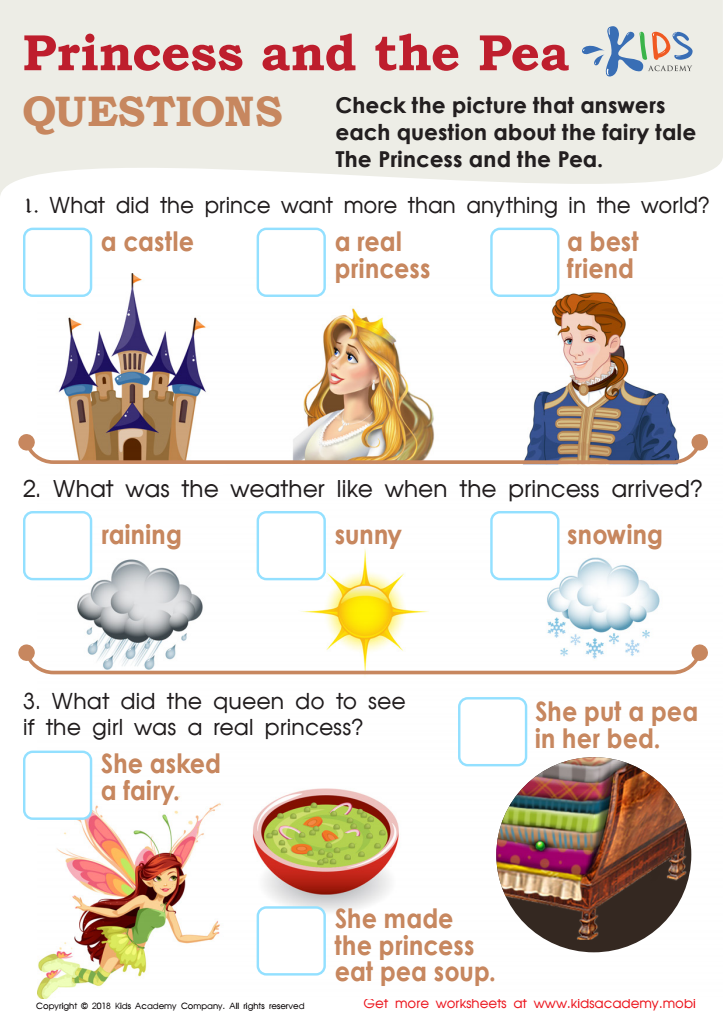

Princess and the Pea Questions Worksheet
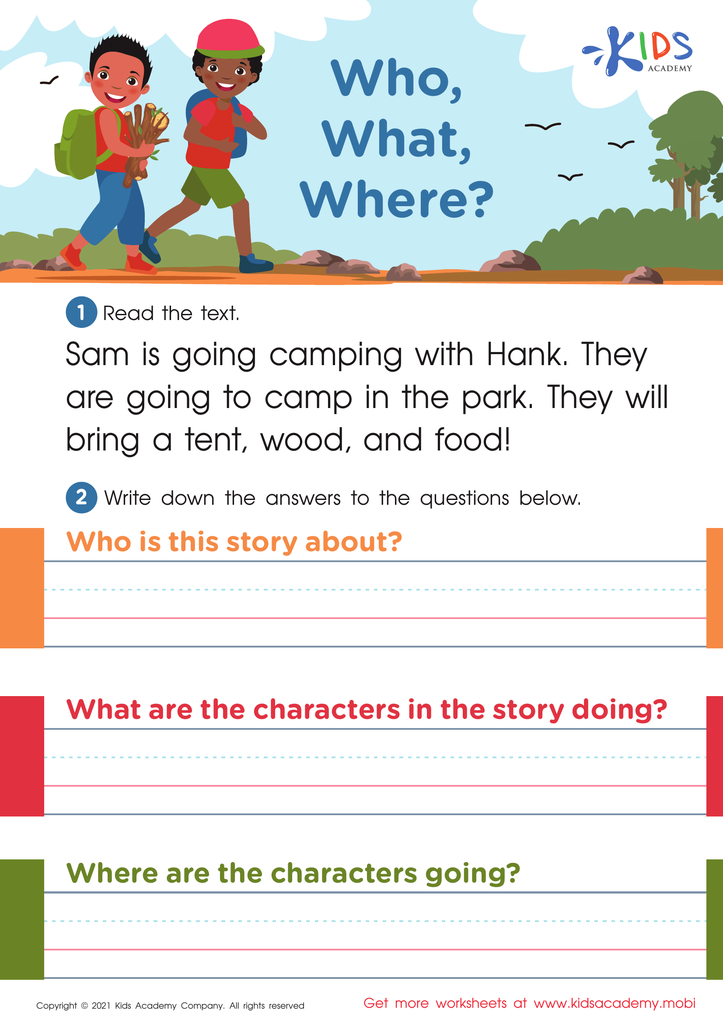

Who, What, Where? Worksheet
Story sequencing is a crucial component of reading comprehension for children aged 3-5. It involves arranging events in the order they occur, which helps young children understand the structure of narratives. When parents and teachers focus on this skill, they aid in developing critical thinking and cognitive abilities, as well as enhancing language skills.
First, story sequencing nurtures listening and memory skills as children recall key details and plot points, reinforcing their ability to follow stories. This memory recall fosters better retention of information and comprehension as they progress in their reading journey.
Furthermore, story sequencing encourages creativity and imagination, enabling children to predict what happens next in a story and inspiring them to create their own tales. This interactive engagement with narratives builds enthusiasm for reading and learning.
Additionally, discussing story sequences provides a powerful opportunity for literacy development. As adults guide children through understanding the beginning, middle, and end of stories, they simultaneously expand their vocabulary and verbal skills.
Ultimately, investing time in story sequencing not only enriches children's reading experiences but also lays a foundational skill set that is pivotal to their future academic success and lifelong learning habits.
 Assign to My Students
Assign to My Students








